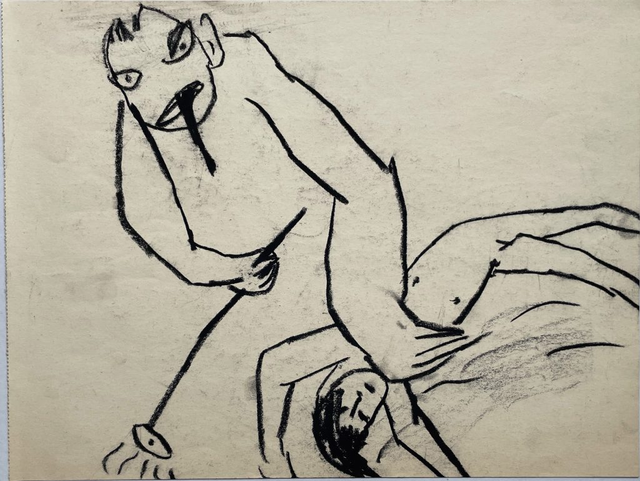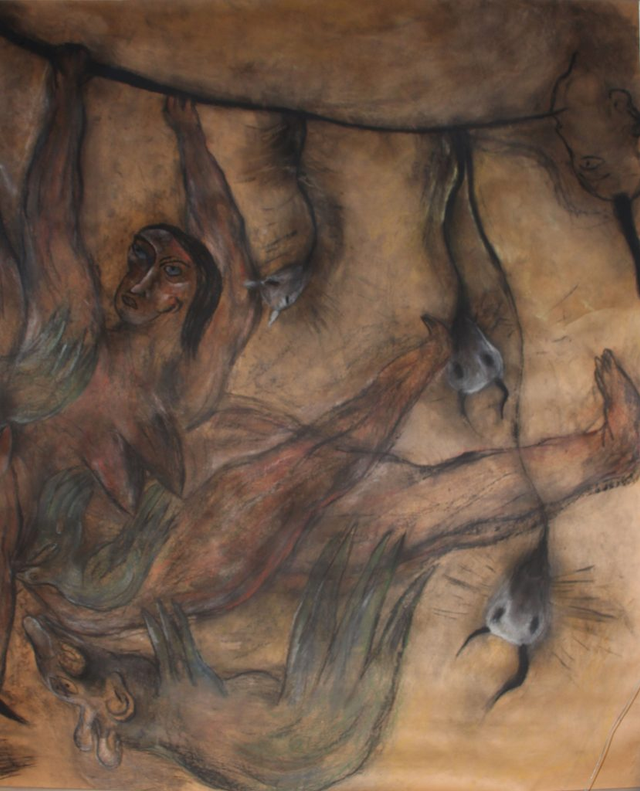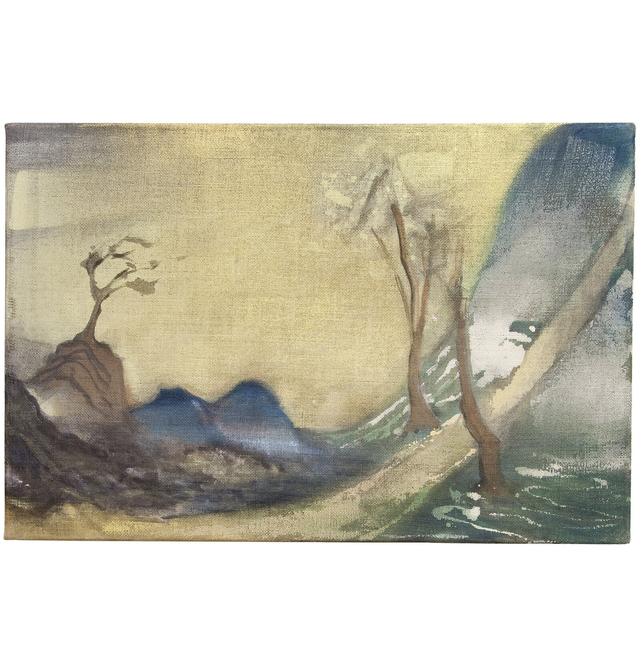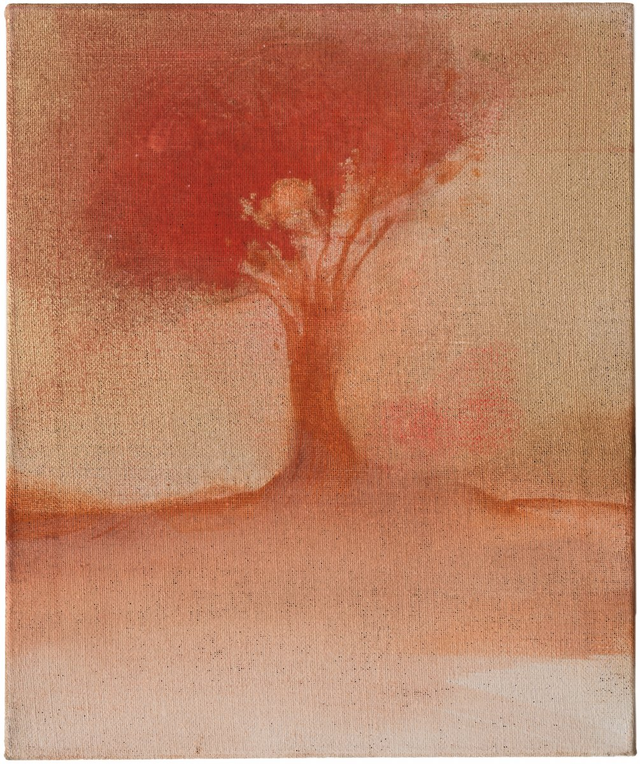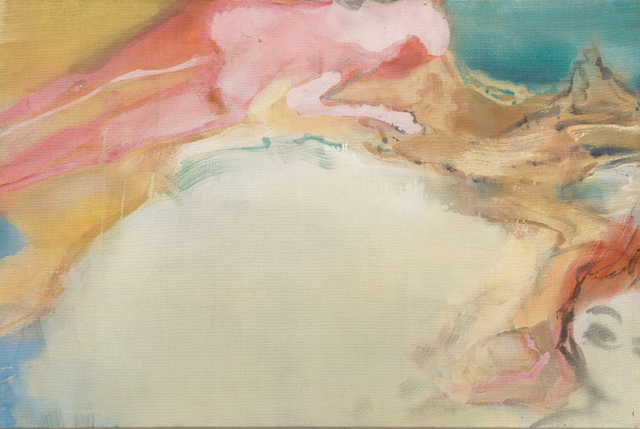Leiko Ikemura
Japanese-Swiss artist Leiko Ikemura is renowned for her paintings and sculptures that explore the fluid relationship between humanity, nature, and our cosmic existence.
Biography of Leiko Ikemura
Born in Tsu, Japan, Leiko Ikemura initially studied Spanish literature at the University of Foreign Languages in Ōsaka. In 1972, she relocated to Spain, intensifying her studies in Salamanca and Granada. From 1973 to 1978, she pursued painting studies at the Academy in Seville. After moving to Switzerland, Ikemura made a significant impact on the Zurich art scene during the 1980s, with her works featured in a major exhibition at the Bonner Kunstverein in 1983.
This marked the beginning of numerous exhibitions and retrospectives at renowned international institutions, including notable shows at Staatliche Kunsthalle in Karlsruhe (2012), the Vangi Sculpture Garden Museum in Shizuoka, Japan (2014), the Museum of East Asian Art in Cologne (2015), and Haus am Waldsee in Berlin (2016).
From 1991 to 2015, Ikemura worked as a teacher at the Universität der Künste in Berlin (UdK, formerly HdK). Since 2014, she has been a professor at the Joshibi University of Art and Design in Kanagawa, Japan.
Leiko Ikemura currently resides and works in Berlin and Cologne, Germany.
Leiko Ikemura's Art Style
Leiko Ikemura employs an approach to her paintings that involves using hazy and dreamlike forms, allowing viewers to interpret her landscapes and portraits in their own way. The artist frequently uses a muted color palette, working with faded shades of yellow, blue, and red in her oeuvre.
In a style reminiscent of her sculptural pieces, Ikemura's paintings often blend various animal forms. In "Moo" (1993), the title suggests a cow-like figure, but viewers are presented with a fusion of multiple animals, possibly a frog, bird, or dog, blurred together. Through this artistic process, she challenges the boundaries that separate creatures, animals, and humans.
Ikemura's artistic trajectory of blurring the boundaries between forms and species is explicitly evident in her sculptures featuring the "usagi," or mystical rabbit. In these bronze-cast sculptures, Ikemura combines the image of a rabbit with female figures. "Usagi Kannon" (2012/19) stands as a towering three-meter sculpture of a woman with rabbit ears, seemingly lost in prayer. This sculpture, created in response to the 2011 Tōhoku earthquake and the subsequent Fukushima nuclear accident, provides guests with a sheltered space beneath its skirt.
Ikemura has also explored various media, including terracotta and glass. In "Fuji-Face" (2012), a terracotta sculpture, she intricately sculpts Mount Fuji onto the profile of a slumbering head. This series features other works where she attaches trees, volcanoes, and lakes to this sleeping figure, highlighting the interconnectedness of humanity and nature, existence and non-existence.
Years:
Born in 1951
Country:
Japan, Tsu, Mie Prefecture
Gallery:
KEWENIG
Fergus McCaffrey
Galerie Peter Kilchmann
Galerie Michael Haas
Galerie Karsten Greve
Galerie Rüdiger Schöttle
